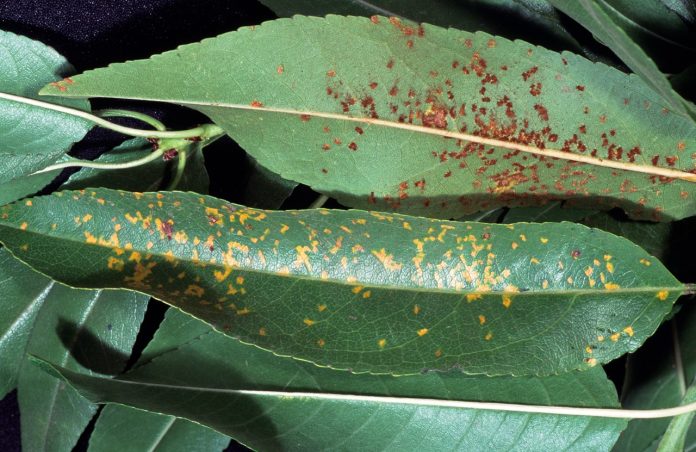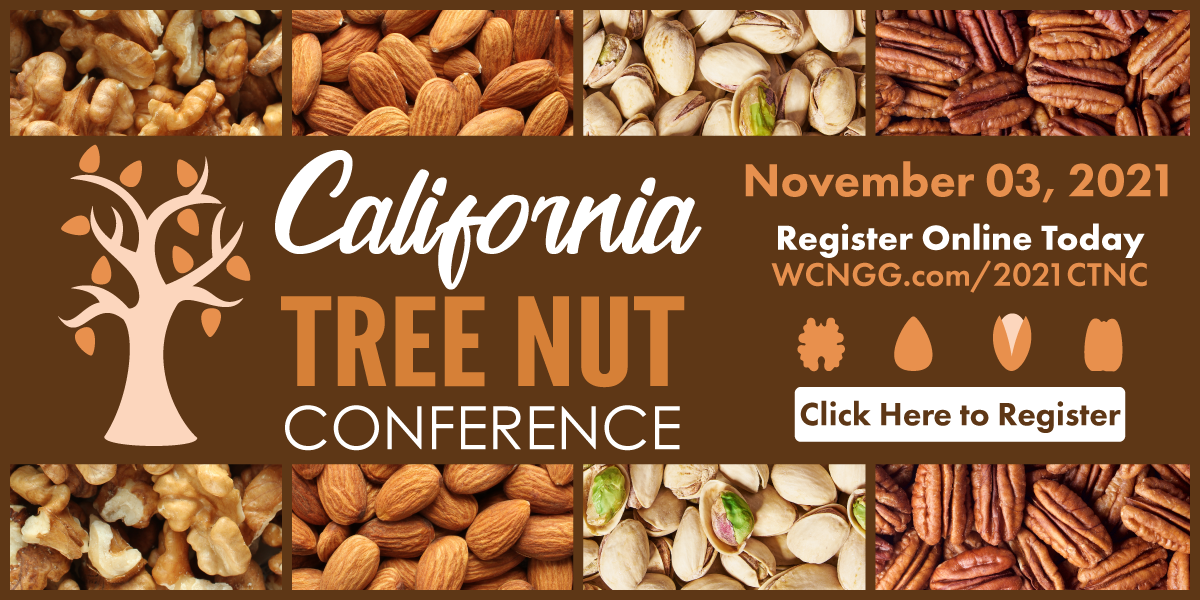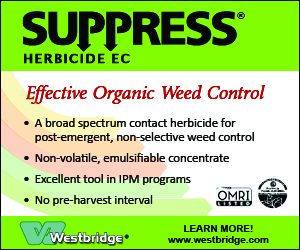
A sporadic disease in California almond growing regions, rust is linked to humid growing conditions and excessive levels of nitrogen.
Vigorous, higher-density plantings and microsprinkler irrigation with longer, more frequent irrigations can contribute to higher humidity and more accumulated leaf wetness hours resulting in more disease.
UC’s IPM Almond Pest Management Guidelines report that almond trees can be defoliated very rapidly when a rust infection becomes severe. Early defoliation deprives trees of needed nutrients and can reduce the following year’s bloom if not controlled. Rust can be a problem in non-bearing orchards where fungicides have not been applied.
This fungal disease survives from one season to the next in infected plant material.It is important to know the levels in the current and previous seasons as indicators for risk. This helps determine at what level the inoculum may or may not be present and disease progress can be monitored.
Rust appears as small yellow spots on the upper surface of leaves. On the lower surface of the leaf, spots take on a rusty red appearance when the rust-colored spores produced in the lesions erupt through the surface. These spores are spread by air movement and infect other leaves to continue the disease cycle. Young twigs may be infected, but twig lesions are not common.
In almond orchards with a history of rust, the guidelines recommend applying sulfur five weeks after petal fall and follow four to five weeks later with a quinone outside inhibitor (FRAC group number 11).
Two or three applications may be needed in orchards that have severe rust infections. To be effective, the fungicide application must be made before rust symptoms appear.
Sac Valley Orchard News recommends considering a foliar zinc sulfate fertilizer spray to get zinc into the trees as the leaves start to naturally drop. This will also hasten leaf fall and reduce infected leaf carry-over into next season. The application should not be done until late October or early November to allow leaves time to continue making photosynthate and build up energy storage in the trees after harvest.
Unchecked, the inoculum may build up, overwinter on the trees and infect leaves the following spring. In southern growing regions, leaves of some cultivars, such as Sonora, may remain attached over the winter and provide inoculum for new infections as leaves emerge the following spring.
Fungicides effective on rust can be found at the UC IPM guidelines or the Efficacy and Timing of Fungicides Publication.






















